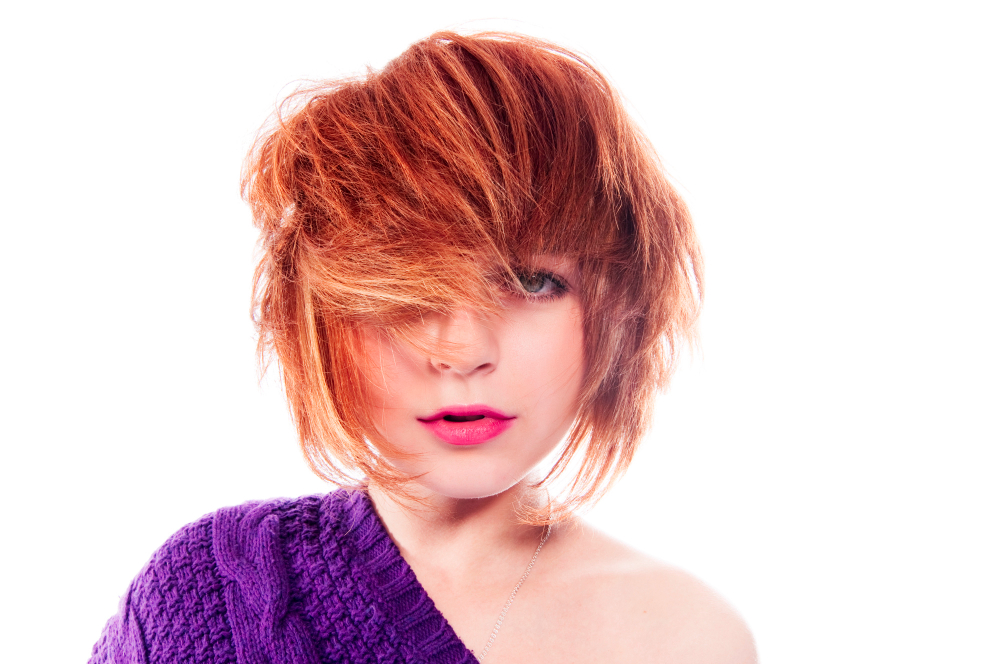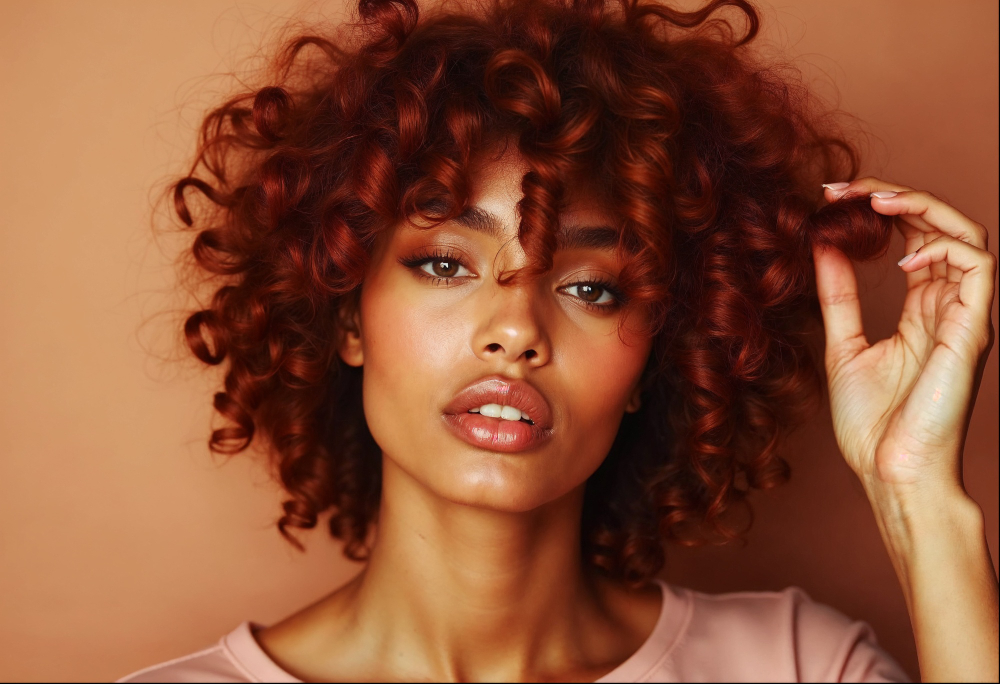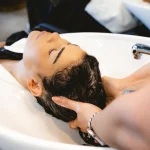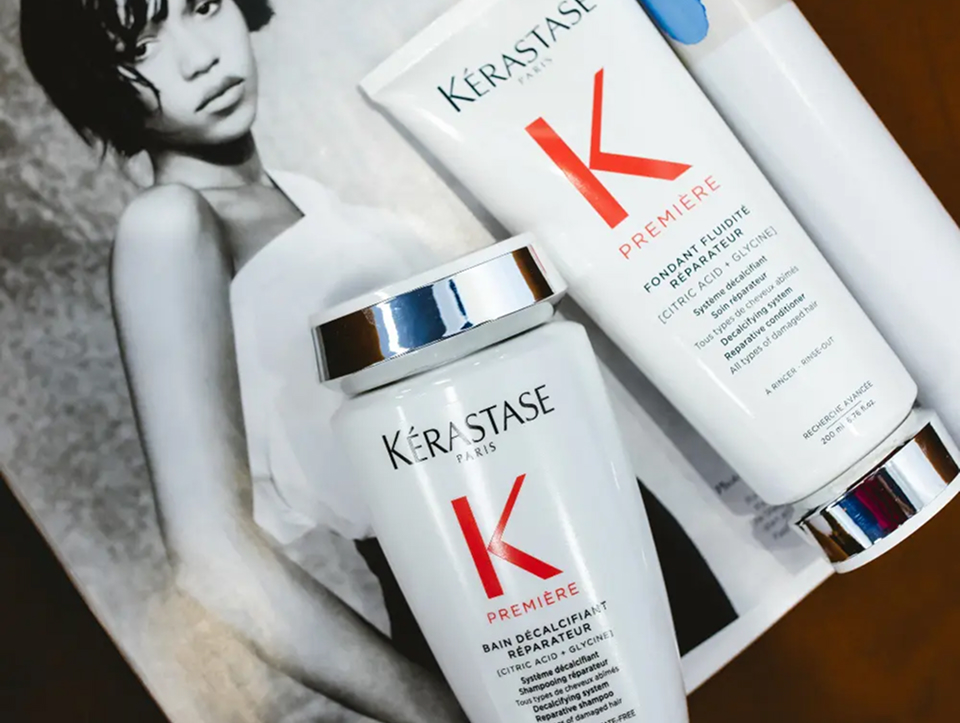If you’ve ever asked yourself, “What is all-over color?” you’re not alone. Many people want a simple, polished look that covers every strand in a fresh, even shade.
All-over color is one of the most popular salon services because it delivers instant transformation and versatility.
Whether you want to cover grays, refresh faded tones, or completely change your look, understanding all-over color can help you make the right decision for your hair.
In this guide, you’ll learn what all-over color means, how it compares to highlights and balayage, the benefits, costs, and aftercare tips so you leave the salon confident and radiant.
What Is All Over Color?

All-over color, also known as single-process color, refers to applying a uniform shade from roots to ends. Unlike highlights or balayage, which add dimension, all-over color creates a consistent, solid tone.
It’s ideal if you want:
- A dramatic change (for example, brunette to red).
- Complete gray coverage.
- A refreshed, glossy finish.
💡 Tip: If you’re curious about how professionals apply single-process color, check out our guide on single and double process coloring, and also visit our page on what hair coloring is.
All Over Color vs Highlights vs Balayage

Many clients get confused when deciding between all-over color, highlights, or balayage. Here’s how they compare:
| Technique | Best For | Look | Maintenance | Cost |
|---|---|---|---|---|
| All Over Color | Full coverage, dramatic color changes, gray coverage | One solid, uniform shade | Root touch-ups every 4–8 weeks | 💲 to 💲💲 |
| Highlights | Adding dimension and brightness | Streaks of lighter or darker tones | Lower upkeep; can grow out softly | 💲💲 |
| Balayage | Sun-kissed, natural dimension | Hand-painted, blended tones | Low maintenance, grows out seamlessly | 💲💲 to 💲💲💲 |
👉 Learn more about balayage here and compare it to techniques such as color melting to see which is right for you.
Salon Color vs DIY Box Dye: At a Glance

| Feature | Salon Color | DIY Box Dye at Home |
|---|---|---|
| Precision & Customization | Custom shade for skin tone, hair type, and desired result; professional application ensures even coverage. | One-size-fits-all shades; results can be unpredictable or uneven, especially for big color changes. |
| Hair Health | Uses professional products and protective treatments; addresses damage and maintains hair integrity. | Lasts longer due to quality formulas and proper application; consistent from root to tip. |
| Longevity & Fading | Lasts longer due to quality formulas and proper application, providing consistent results from root to tip. | Fades faster; roots and undertones may become noticeable sooner. |
| Cost & Convenience | Higher upfront cost, but less risk of mistakes; quality and long-lasting results. | Lower initial cost and convenient, but may require repeated applications, which adds time and expense. |
| Safety & Results | Handles complex shades, color corrections, and gray coverage safely. | Best for simple color changes; difficult to fix mistakes or achieve dramatic transformations. |
💡 Tip: If you’re transitioning from DIY box dye to a salon color, schedule a consultation first. Your stylist can assess previous color, recommend the correct shade, and repair any damage for a flawless result.
The All Over Color Process
Getting an all over color is more than just applying dye—it’s a step-by-step process to ensure even coverage, vibrant results, and long-lasting color. Here’s what typically happens during a salon appointment:
1. Consultation
Your colorist will start by discussing your hair goals, lifestyle, and desired shade. They’ll assess your hair type, previous color treatments, and current condition to determine the best formula. This is the perfect time to ask questions about maintenance, root touch-ups, and how often you’ll need salon visits.
2. Preparation
Before the color is applied, your hair may be washed or pre-treated depending on your stylist’s method and your hair’s needs. Sometimes a protective treatment is used to minimize damage and ensure even absorption of color.
3. Application
The color is carefully applied from roots to ends. Stylists may section your hair to ensure complete coverage, especially for thick or lengthy hair. Precision here ensures a uniform tone and avoids patchiness.
4. Processing Time
Once applied, the color is left to process for 30–45 minutes (or longer for certain shades or color corrections). Your stylist will monitor the color to ensure it develops evenly and achieves the desired result.
5. Rinse and Tone
After processing, your hair is rinsed and shampooed. A toner may be applied to balance the shade, remove any unwanted warmth, and enhance shine. Conditioning treatments are often applied to lock in moisture and smooth the hair cuticle.
6. Styling
Finally, your hair is dried and styled according to your preference. This step lets you see the finished result and gives your colorist a chance to check for consistency and vibrancy.
💡 Tip: For root regrowth between appointments, professional root touch-ups can help maintain a flawless look without over-processing your hair.
Benefits of an All Over Color For Hair

Complete Transformation: Change your look instantly with a single shade.
Gray Coverage: One of the most effective ways to conceal grays. See our guide on gray coverage.
Glossy Finish: Adds shine and vibrancy.
Wide Shade Selection: From natural browns and blondes to bold reds or fashion colors.
Confidence Boost: Refreshing to a uniform color refreshes your entire style.
Pros and Cons of All Over Color
Pros
- Full coverage and consistent shade.
- Great for gray coverage.
- Immediate, dramatic results.
- Works for all hair lengths.
Cons
- Root regrowth is more noticeable.
- Requires frequent touch-ups (every 4–8 weeks).
- Fewer dimensions than highlights or balayage.
How Much Does All Over Color Cost?
The price depends on hair length, thickness, and salon location. On average:
- Short hair: $60–$80
- Medium to long hair: $90–$150+
- Color transformations (from highlights to full color or dark-to-light changes): $150+
💡 Tip: Thinking of going from highlights to all over color? Please read our guide on removing highlights before booking your service.
Maintenance & Aftercare for All Over Color

Your all-over color will look its best and last longer when you follow a few simple maintenance steps. Proper aftercare protects your hair, preserves the shade, and keeps it glossy and healthy.
1. Use Color-Safe Shampoo and Conditioner
Regular shampoos can strip color and fade your shade quickly. Use a gentle, color-protecting shampoo and conditioner—such as Kérastase Color Protection—to maintain vibrancy and nourish your hair. Look for sulfate-free formulas and hydrating ingredients to prevent dryness.
2. Wash Hair Less Frequently
Over-washing can cause your color to fade faster. Try to wash your hair 2–3 times per week, or use a dry shampoo between washes to refresh roots and reduce oil buildup. Cooler water temperatures also help preserve your color.
3. Protect Hair From UV Exposure and Heat
Sunlight can fade color, and frequent heat styling can damage hair cuticles, making color look dull. Use UV-protectant sprays and always apply a heat protectant before blow-drying, curling, or straightening. Hats or scarves can also shield hair during extended sun exposure.
4. Refresh Shine with Gloss Treatments
Salon glosses or glazes help maintain vibrancy, smooth the hair cuticle, and add a reflective shine. These treatments are beneficial if your color starts looking dull or brassy between appointments.
5. Schedule Regular Touch-Ups
Root regrowth is normal and can make your overall color look uneven. Book salon visits every 4–8 weeks for touch-ups, depending on your hair growth and shade intensity. This keeps your color uniform and prevents noticeable lines of demarcation.
6. Additional Tips
- Avoid harsh chemicals like chlorine in pools—swimming caps or protective sprays can help.
- Deep condition once a week to keep hair healthy and prevent breakage.
- Consider a gradual color refresh if you want to subtly change your shade without fully re-dyeing.
💡 Pro Tip: Combining color-safe products, protective styling, and regular salon treatments can extend your color’s life by weeks, keeping your all-over color looking fresh and radiant longer.
Transitioning Between Hair Colors
If you’re not ready for a bold all-over color change, you can transition gradually:
- Shift one shade lighter or darker per session.
- Blend with highlights or lowlights before going uniform.
- Try semi-permanent color for a temporary effect.
💡 Learn more about transitioning to gray hair if you’re considering embracing your natural shade.
All Over Color Before and After

Seeing results can help you visualize the transformation. All over color is perfect for:
- Covering old highlights.
- Shifting from multi-tonal to a sleek single shade.
- Refreshing faded or brassy tones.
👉 Explore more hair color transformations to see what’s possible.
Should You Try All Over Color?
If you’re ready for a bold change, full gray coverage, or simply a refreshed look, all-over color is a reliable and versatile choice. It gives you a sleek, polished style while letting you explore endless shade options. With the proper maintenance and products, your color will stay vibrant and glossy between salon visits.
💇♀️ Ready for your transformation? Book your appointment now and let our expert colorists help you achieve your perfect look.
FAQ
How long does an all-over hair color last?
Having an all-over permanent hair color will last until your color grows out or you recolor it. However, it will fade with time and can take six to 12 weeks to become visible.
What does all-over color mean at a salon?
It means applying one uniform color over your entire head, root to tip, in a single process.
How long does all-over color take?
Most appointments take 1.5 to 2 hours, including consultation, application, processing, and styling.
What is the difference between single process and all-over color?
They are essentially the same—both mean covering your entire head with one shade in a single step.









